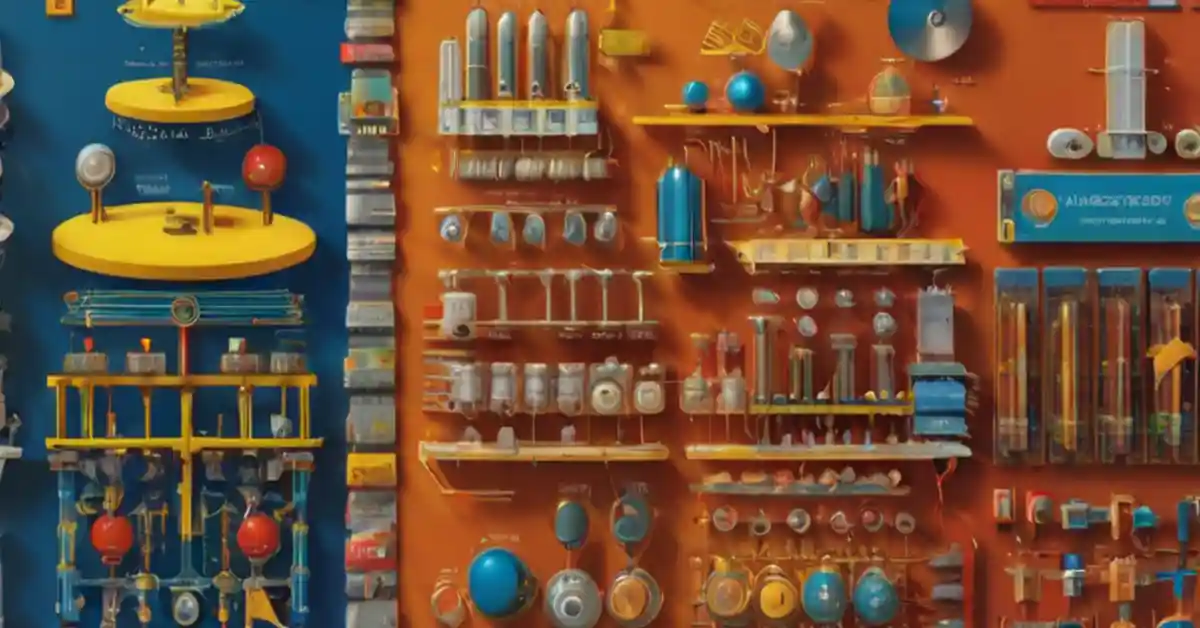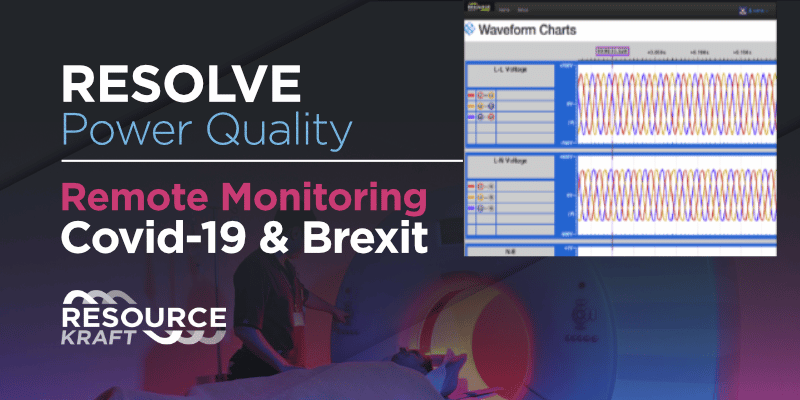Water metering has never been so topical, but the practical issues on (or under) the ground are interesting and varied.What I have for you today is a selection of some of the more interesting challenges you might face in the effort to get your water metering data on to an automated energy management system.
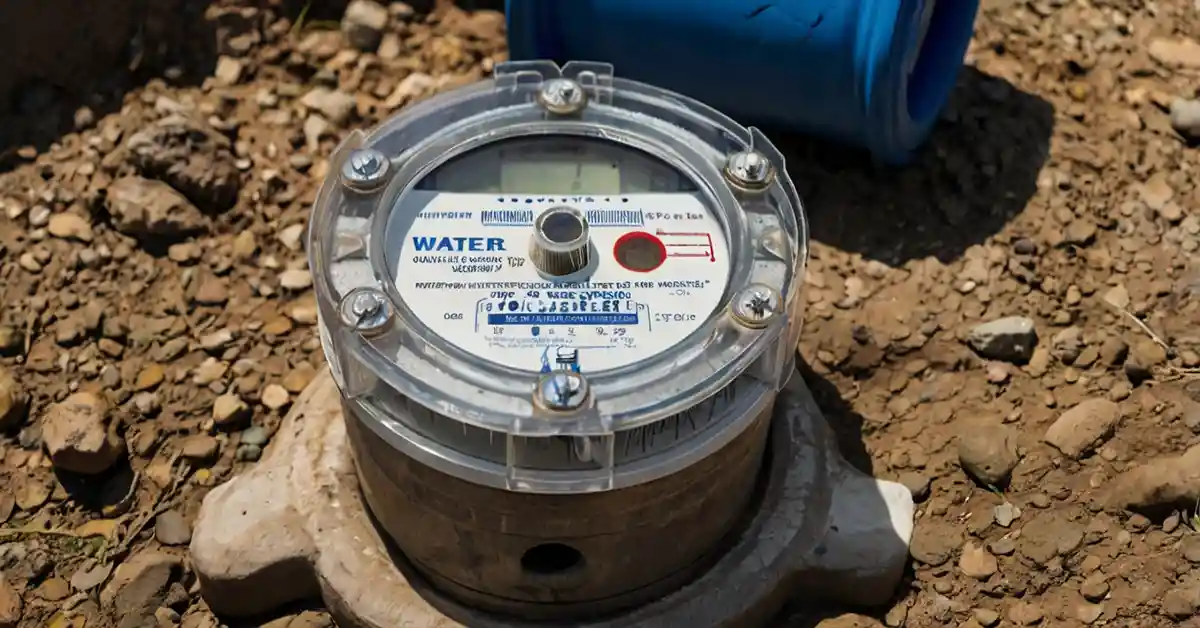
Often, one of the greatest challenges is finding the water meter in the first place.
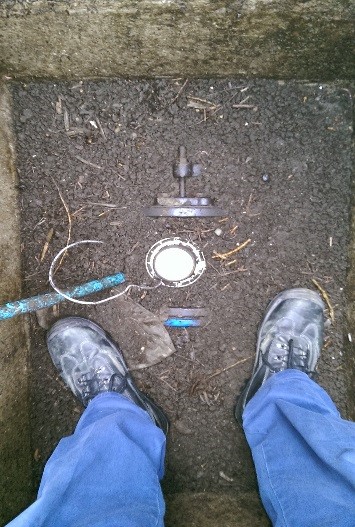
Sometimes it’s just a matter of figuring out which meter is the correct one or “your” utility meter.
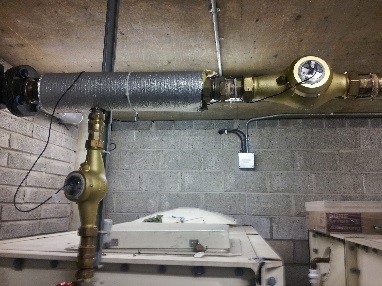
Outputs
Now that you have identified the metering, the next question is what outputs are available or required. Usually, most water meters have pulse (frequency) outputs for quantitative flow (e.g. 1 pulse = 100 litres) and you’ll often find a “K” factor printed on the meter face or data place, which indicates the output value per pulse (i.e. K=1 that’s 1 litre/pulse).
Many meters also have forward and reverse direction indicator signals and totalled or partial (forward – reverse) pulse outputs. The SMART water meters will often also provide flow rate (e.g. litres/sec), usually on a 4-20mA output. Many of these meters will require a pulse cable or pick-up sensor to connect to the meter to obtain the output.
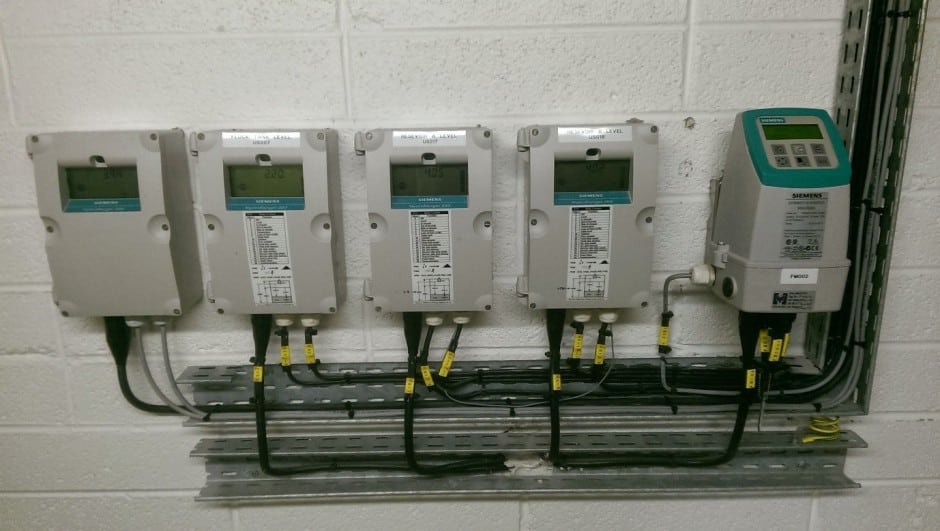
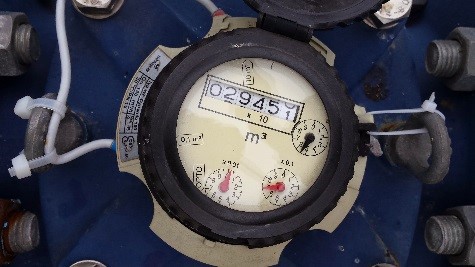
The meter pictured above has different pulse outputs available. On this meter these are selected by the insertion of a magnetic pickup into the meter body at the correct location. This meter can provide outputs in 0.1, 1 and 10m³ per pulse; all three outputs can be connected as required. As a general rule the higher resolution outputs are the most useful in terms of obtaining more granular data from your meter, so you would usually select the 0.1m³ output.
When you’ve found your meter and identified its available outputs, you start to ask yourself “how am I going to get the pulse data out of this meter?” for the energy monitoring system.
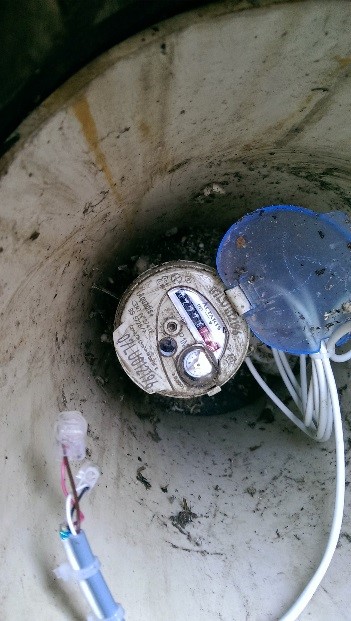
So, how do you get the signal out of there?
There are a few options in this regards:
Hard Wiring
Radio Systems
GPRS
Drive-by ARM
Local storage
PLE – Power Line Ethernet
Manual Readings
We’ll take a look at these technologies and their practical application in part 2 – see you soon!


